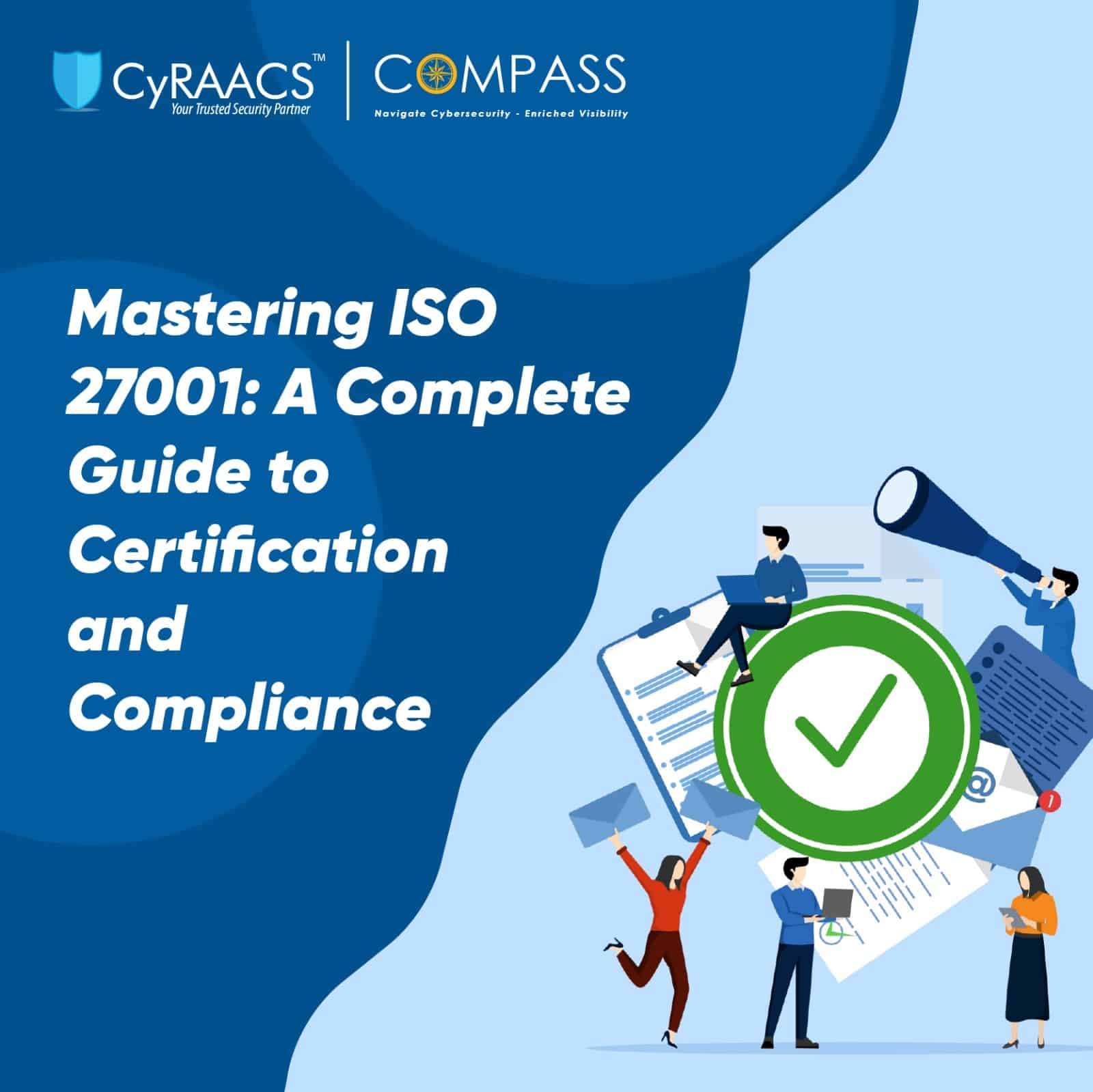


1. Purchasing ISO 27001 document – Your organization must purchase the ISO 27001 document and understand how to implement a structured ISMS for your organization. This will help your organization to understand why the controls are necessary and how they can be implemented to mitigate risks.
2. Gap Analysis - Before ISO 27001 certification, a gap analysis, is an essential process to find the "gaps" or discrepancies between your organization's current Information Security Management System (ISMS) and the ISO 27001 standard's standards. Gaps in implementation of information security controls in-line with ISO 27001 controls will be identified in this phase.
3. Risk Assessment - The information security management process requires a critical stage that involves doing a risk assessment against the controls in ISO 27001. Through this approach, your organization can assess the risks related to its information assets and define the security measures that are required to reduce those risks. The security measures to be defined and implemented must be selected according to the controls in ISO 27001 document against which the risks were identified. Choosing controls that aid in reducing or managing the risks that have been identified is the aim.
4. Establishing Governance and Responsibilities - Information Security Management System (ISMS) requires establishing governance and responsibilities in accordance with ISO 27001 standards. Information security governance can be established and implemented using the framework offered by ISO 27001. Top management of your organization, including the CEO and board of directors, should exhibit a resolute dedication to information security. They should endorse the implementation of ISO 27001 and provide resources to ensure its success. An Information Security Steering Committee must be formed to provide oversight and guidance for the ISMS. This committee should include key stakeholders from various departments and ensure that information security aligns with business objectives. The roles and responsibilities of individuals and teams involved in information security must be defined. This should include responsibilities for the CISO, IT staff, data owners, and other relevant parties.
5. Development of mandatory documents, policies, and procedures - Creating information security policies and procedures and other mandatory documents are essential steps in becoming certified to ISO 27001. These documents are essential to the creation of an extensive Information Security Management System (ISMS) that complies with ISO 27001 requirements and protects sensitive data within your organization. The foundation of your organization's security commitment is defined by its information security policies, which are supported by procedures that provide useful guidance for implementing these policies. The Information Security Policy, Risk Assessment and Treatment Methodology, Statement of Applicability (SoA) outlining specific security controls, records of internal audits and management reviews, and documented proof of employee training and awareness programs are among the mandatory documents needed for ISO 27001 certification. When taken as a whole, these documents show a dedication to information security, a methodical approach to risk management, and a thoroughly documented system for observing and enhancing security procedures—all crucial components for ISO 27001 compliance.
6. Conducting Internal Audit – The next essential step before obtaining ISO 27001 certification is carrying out a comprehensive internal audit. The purpose of this internal audit is to evaluate your organization's Information Security Management System (ISMS) in comparison to ISO 27001 requirements and standards. To find opportunities for improvement and compliance gaps, it functions as a critical examination of your organization's current information security policies, processes, and controls. During an internal audit, staff members are usually interviewed, paperwork is reviewed, and the efficacy of security measures is assessed.
7. Stage 1 Audit - The first phase in the ISO 27001 certification procedure is the Stage 1 audit. It entails evaluating the documentation, policies, and procedures of your organization's information security management system (ISMS) to determine whether they comply with ISO 27001 requirements. Finding any holes or inconsistencies in the ISMS, verifying the ISMS's scope, and assessing your organization's preparedness for the ensuing Stage 2 audit are the main goals of the Stage 1 audit.
Key Items to Keep in Mind Before Stage 1:
8. Stage 2 Audit - The second and more thorough stage of the ISO 27001 certification procedure is the Stage 2 audit. The primary objective of this audit is to assess how well your organization's Information Security Management System (ISMS) is really implemented and operating in compliance with ISO 27001 requirements. Your organization's overall ISMS procedures and security measures will be evaluated. In-depth examination of the organization's risk assessment and management, evidence collection, and stakeholder and employee interviews are all part of this phase. ISO 27001 accreditation, which signifies the organization's dedication to information security and efficient risk management, is obtained with the successful completion of the Stage 2 audit.
COMPASS, a specialized lightweight platform, enhances your Internal Audit and external audit processes and user experience. Some of the benefits of using COMPASS include:
Obtaining ISO 27001 certification is a significant accomplishment that signifies an organization's commitment to information security and best practices. Achieving this certification requires a structured approach and dedicated effort, but the benefits are numerous:
